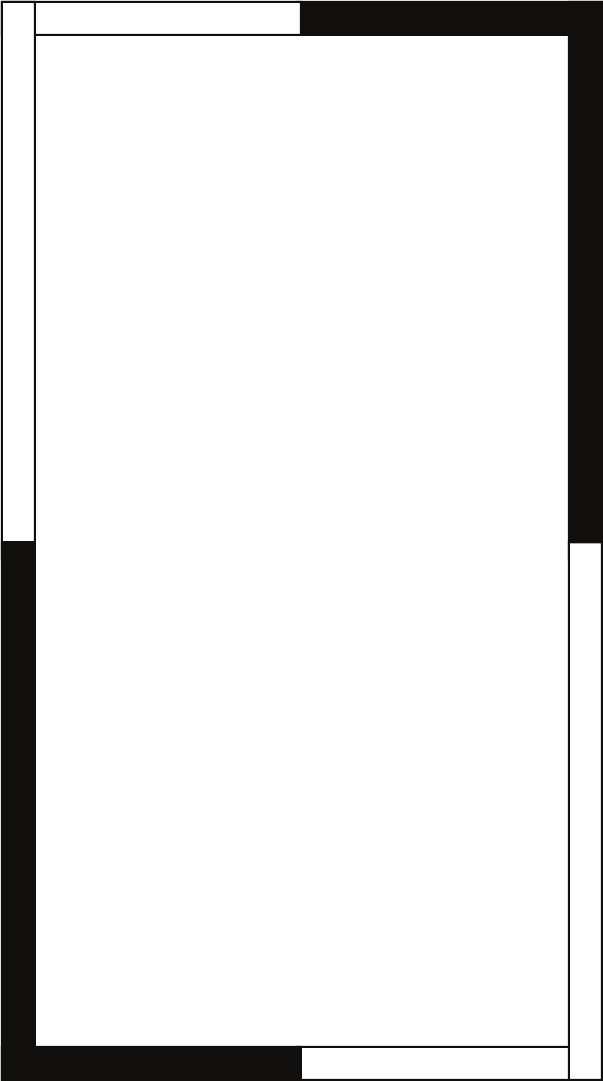
When the sound is sharper and more flat
sounding, you are close or over a stud.
• Identify studs by the position of electrical
outlets or switches. There may be a stud
directly to the left or right of these electrical
fixture. This gives you a point of
measurement since studs are either 24 or 16
inches on center in newer houses, 12 inches
in older homes.
Step 2. When you are sure of where the wall’s
studs are (and are completely sure there isn’t an
electrical cable, water pipe or heating duct in that
vicinity of the wall), use a level and position the
cardboard mounting template, and draw around
the outer perimeter with a pencil.
Step 3. Drill a 1-inch hole in the center of the
pencil outline which you have just drawn, just
deep enough to fully penetrate the drywall.
Step 4. Obtain a length of stiff wire such as a
straightened wire coat hanger. Bend it so that
the last 6 or 8 inches is at a right angle to the
rest.
Step 5. Insert the bent part into the 1-inch hole
you just drilled and probe to the left and the right
to confirm that a stud is not too close on either
side. Move the wire around in a circular motion to
check clearances above and below the hole as
well.
Step 6. If there are no obstructions, carefully
score the penciled outline of the template with a
sharp utility knife to avoid chipping paint or
tearing wallpaper. Then use a drywall or keyhole
saw to cut along the scored line. Make sure that
Page 20
115986D.pdf 20115986D.pdf 20 11/16/2005 10:54:37 AM11/16/2005 10:54:37 AM


















